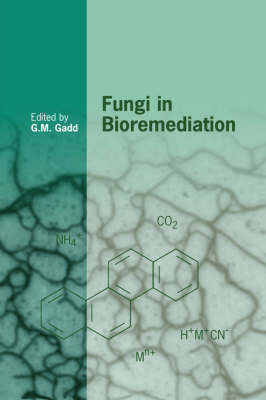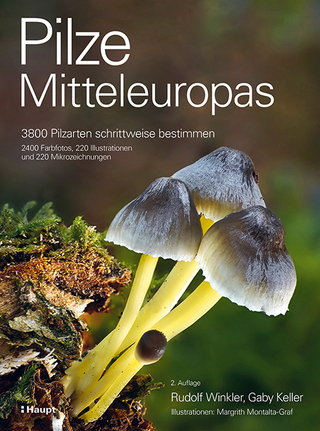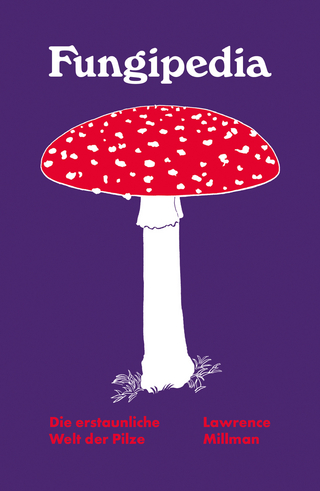
Fungi in Bioremediation
Cambridge University Press (Verlag)
978-0-521-78119-0 (ISBN)
Bioremediation is an expanding area of environmental biotechnology, and may be defined as the application of biological processes to the treatment of pollution. Much bioremediation work has concentrated on organic pollutants, although the range of substances that can be transformed or detoxified by micro-organisms includes both natural and synthetic organic materials and inorganic pollutants, such as toxic metals. The majority of applications developed to date involve bacteria and there is a distinct lack of appreciation of the potential roles and involvement of fungi in bioremediation, despite clear evidence of their metabolic and morphological versatility. This book highlights the potential of filamentous fungi, including mycorrhizas, in bioremediation and discusses the physiology and chemistry of pollutant transformations.
List of contributors; Preface; 1. Degradation of plant cell wall polymers Christine S. Evans and John N. Hedger; 2. The biochemistry of ligninolytic fungi Patricia J. Harvey and Christopher F. Thurston; 3. Bioremediation potential of white rot fungi C. Adinarayana Reddy and Zacharia Mathew; 4. Fungal remediation of soils contaminated with persistent organic pollutants Ian Singleton; 5. Formulation of fungi for in situ bioremediation Joan W. Bennett, William J. Connick. Jr., Donald Daigle and Kenneth Wunch; 6. Fungal biodegradation of chlorinated monoaromatics and BTEX compounds John A. Buswell; 7. Bioremediation of polycyclic aromatic hydrocarbons by ligninolytic and non-ligninolytic fungi Carl E. Cerniglia and John B. Sutherland; 8. Pesticide degradation Sarah E. Maloney; 9. Degradation of energetic compounds by fungi David A. Newcombe and Ronald L. Crawford; 10. Use of wood-rotting fungi for the decolourisation of dyes and industrial effluents Jeremy S. Knapp, Eli J. Vantoch-Wood and Fuming Zhang; 11. The roles of fungi in agricultural waste conversion Roni Cohen and Yitzhak Hadar; 12. Cyanide biodegradation by fungi Michelle Barclay and Christopher J. Knowles; 13. Metal transformations Geoffrey M. Gadd; 14. Heterotrophic leaching Helmut Brandl; 15. Fungal metal biosorption John M. Tobin; 16. The potential for utilizing mycorrhizal associations in soil bioremediation Andrew A. Meharg; 17. Mycorrhizas and hydrocarbons Marta Noemi Cabello; Index.
| Erscheint lt. Verlag | 15.11.2001 |
|---|---|
| Reihe/Serie | British Mycological Society Symposia |
| Zusatzinfo | 21 Tables, unspecified; 2 Halftones, unspecified; 39 Line drawings, unspecified |
| Verlagsort | Cambridge |
| Sprache | englisch |
| Maße | 158 x 236 mm |
| Gewicht | 940 g |
| Themenwelt | Naturwissenschaften ► Biologie ► Mykologie |
| Technik ► Umwelttechnik / Biotechnologie | |
| ISBN-10 | 0-521-78119-1 / 0521781191 |
| ISBN-13 | 978-0-521-78119-0 / 9780521781190 |
| Zustand | Neuware |
| Informationen gemäß Produktsicherheitsverordnung (GPSR) | |
| Haben Sie eine Frage zum Produkt? |
aus dem Bereich


